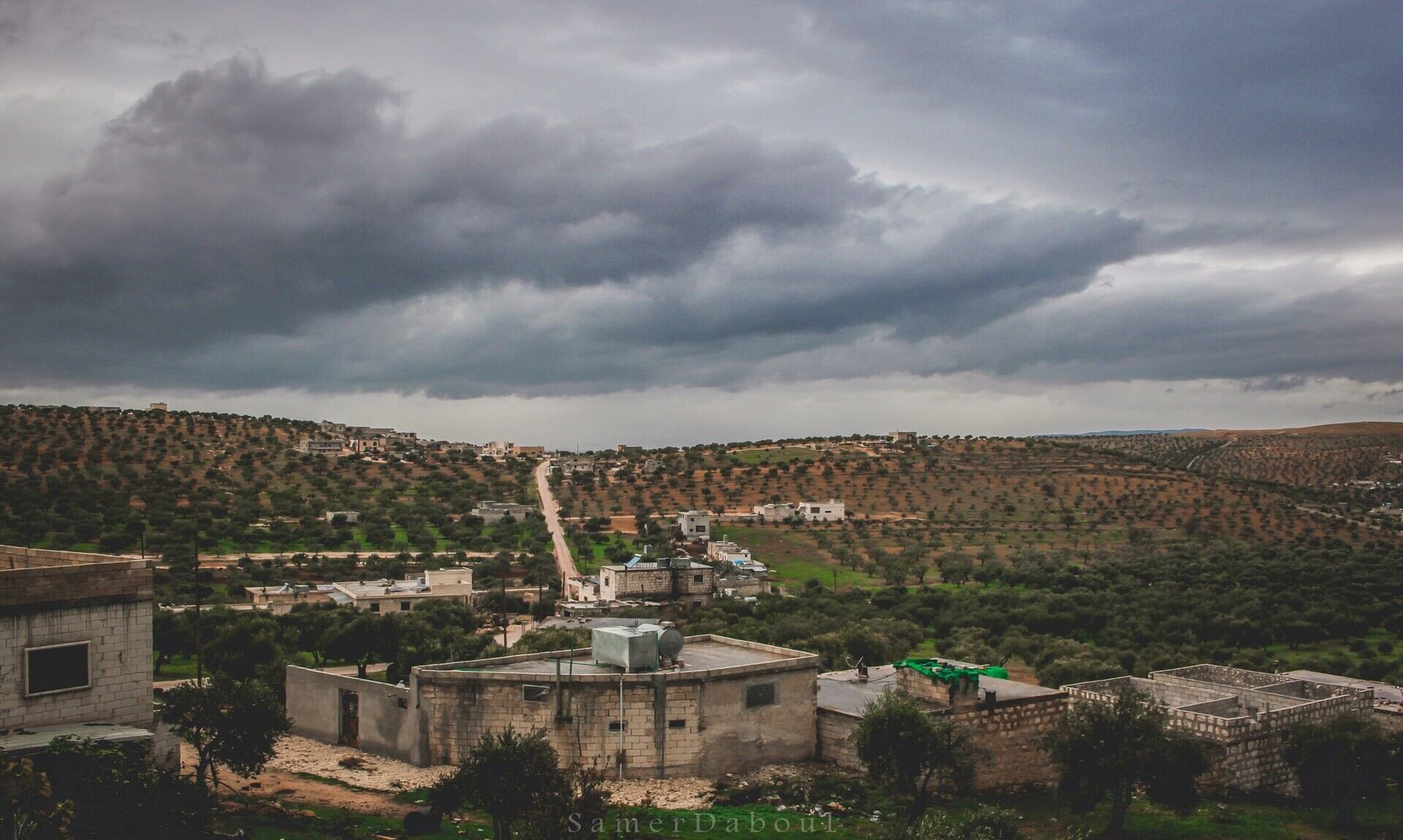
Rural depopulation is a global phenomenon that has been occurring for several decades. As urban areas continue to attract more people in search of better opportunities, rural communities are experiencing a significant decline in population. This demographic shift has far-reaching implications for these areas, affecting everything from economic development to infrastructure and social dynamics.
In this article, we will explore 18 extraordinary facts about rural depopulation that shed light on the magnitude and consequences of this trend. From the reasons behind rural outmigration to the challenges faced by remaining communities, we will delve into various aspects of this complex issue. By understanding the factors driving rural depopulation, we can begin to explore potential solutions and support the sustainability of rural areas.
Key Takeaways:
- Rural depopulation happens when people leave the countryside for cities due to fewer jobs, aging populations, and lack of infrastructure, but with the right plans and support, rural areas can thrive again.
- To combat rural depopulation, communities can promote local businesses, preserve cultural heritage, and improve digital connectivity, while governments can invest in infrastructure and create a balance between urban and rural development.
The Decline of Rural Populations
Rural depopulation refers to the decrease in population size and density in rural areas. It is a global phenomenon that has been occurring for several decades.
Economic Factors
Economic factors play a significant role in rural depopulation. Limited job opportunities, lack of industries, and lower wages compared to urban areas, often lead people to migrate to cities in search of better prospects.
Agricultural Changes
The transformation of traditional agricultural practices and the introduction of modern farming techniques have contributed to rural depopulation. Mechanization and consolidation of farms require fewer laborers, leading to fewer residents in rural areas.
Aging Population
Rural areas tend to have an aging population as younger generations move to urban areas for education and employment opportunities. This demographic shift further exacerbates the issue of depopulation.
Lack of Infrastructure
Rural areas often suffer from a lack of basic infrastructure like healthcare facilities, schools, and quality transportation. This inadequacy drives people away in search of better access to essential services.
Urban Pull Factors
Cities offer a myriad of advantages, such as higher-paying jobs, better educational institutions, cultural opportunities, and a more vibrant social life. These factors attract rural residents to move to urban centers.
Technological Advancements
The rise of technology and digital communication has enabled remote work and online businesses. This shift allows individuals to pursue career opportunities without being tied to a specific location, leading to a decrease in rural populations.
Environmental Challenges
Certain rural areas face environmental challenges, such as droughts, floods, or other natural disasters, which can make living conditions difficult. This prompts people to relocate to more stable and resilient regions.
Lack of Access to Healthcare
Rural areas often have limited access to healthcare facilities, with medical professionals being concentrated in urban centers. This lack of healthcare services can prompt individuals to move closer to medical care, contributing to depopulation.
Impact on Local Businesses
The depopulation of rural areas can have a devastating effect on local businesses, with a decrease in customer base and demand for goods and services. This, in turn, can lead to business closures and further contribute to the decline of rural communities.
Social Isolation
As people leave rural areas, the remaining residents may experience increased social isolation. The loss of neighbors and community members can have a profound impact on the social fabric of rural communities.
Loss of Cultural Heritage
With depopulation, rural areas risk losing their unique cultural heritage and traditions. As younger generations move away, traditional practices may be abandoned, leading to the erosion of cultural identity.
Tourism Potential
Rural areas may utilize their natural beauty, historical sites, or cultural attractions to promote tourism. By capitalizing on tourism opportunities, rural communities can stimulate economic growth and potentially reverse depopulation trends.
Government Policies
Government policies and initiatives can play a crucial role in addressing rural depopulation. By implementing programs that incentivize businesses to invest in rural areas, providing better infrastructure, and supporting local agriculture, governments can help revitalize rural communities.
Revitalization Efforts
Many efforts are underway to revitalize rural areas and attract residents back. These initiatives include promoting rural entrepreneurship, improving access to education and healthcare, and investing in sustainable agriculture.
Collaborative Community Projects
Local communities can initiate projects to bring people together and create a sense of belonging. Community gardens, cultural festivals, and cooperative businesses are examples of grassroots efforts to counter rural depopulation.
Importance of Connectivity
Enhancing digital connectivity in rural areas can bridge the gap between urban and rural populations. Access to high-speed internet and improved communication infrastructure can enable remote work opportunities and enhance the quality of life in rural communities.
Balancing Urban-Rural Development
Creating a balance between urban and rural development is essential for sustainable growth. By investing in both urban and rural areas, governments can ensure equal opportunities, better infrastructure, and improved quality of life for all citizens.
In conclusion, rural depopulation is a complex issue influenced by various economic, social, and environmental factors. It poses significant challenges for rural communities, but with strategic planning, investment, and community-driven initiatives, it is possible to revive these areas and create sustainable, thriving rural communities.
Conclusion
In conclusion, rural depopulation is a significant issue that has far-reaching consequences. The 18 extraordinary facts presented in this article shed light on the challenges faced by rural communities as they experience a decline in population.
It is essential to understand the factors driving rural depopulation, such as urban migration, lack of economic opportunities, and limited access to essential services. These factors contribute to the dwindling populations in rural areas and, in turn, impact the social, economic, and environmental fabric of these communities.
To mitigate rural depopulation, policymakers, community leaders, and individuals need to work together to implement sustainable strategies. These strategies should focus on attracting investment, revitalizing local economies, promoting quality healthcare and education, improving infrastructure, and preserving the cultural heritage of rural areas.
By addressing rural depopulation effectively, we can ensure that rural communities thrive, and their unique contributions to society are preserved for future generations.
FAQs
1. What is rural depopulation?
Rural depopulation refers to the decline in population in rural areas or regions. It occurs when people migrate from rural communities to urban areas in search of better economic opportunities, education, healthcare, and other amenities.
2. What are the reasons behind rural depopulation?
There are several factors contributing to rural depopulation, including limited job prospects, inadequate infrastructure, lack of essential services, educational opportunities, and the allure of urban lifestyle.
3. How does rural depopulation impact the economy?
Rural depopulation can lead to a decline in local businesses, reduced tax revenues, and a weakened economy. It can also result in a loss of skilled labor, hindering economic growth and development.
4. What are the consequences of rural depopulation on the environment?
Rural depopulation can lead to increased pressure on natural resources, deforestation, land degradation, and loss of biodiversity. It can also result in abandoned structures and deteriorating infrastructure.
5. What can be done to address rural depopulation?
Efforts to combat rural depopulation involve implementing policies and initiatives that attract investment, provide economic opportunities, improve infrastructure, enhance access to services, and preserve the unique cultural heritage of rural areas.
Was this page helpful?
Our commitment to delivering trustworthy and engaging content is at the heart of what we do. Each fact on our site is contributed by real users like you, bringing a wealth of diverse insights and information. To ensure the highest standards of accuracy and reliability, our dedicated editors meticulously review each submission. This process guarantees that the facts we share are not only fascinating but also credible. Trust in our commitment to quality and authenticity as you explore and learn with us.


